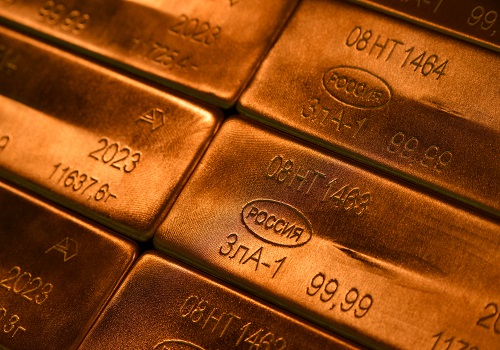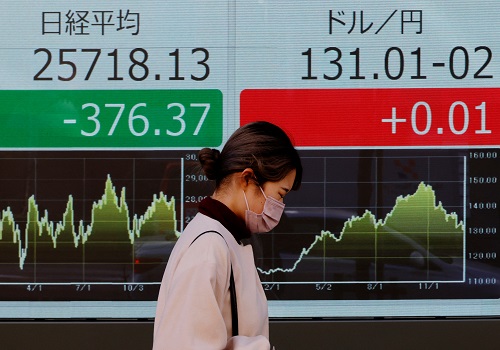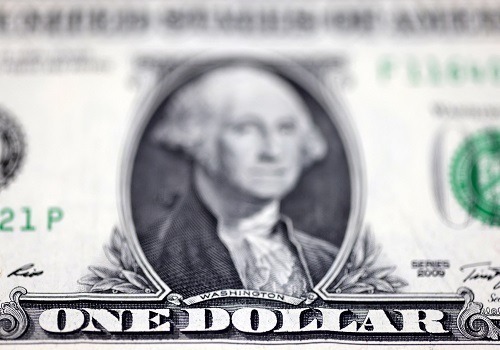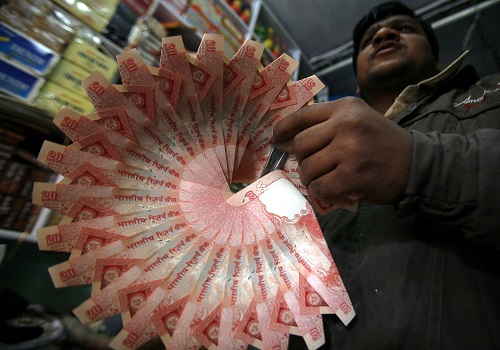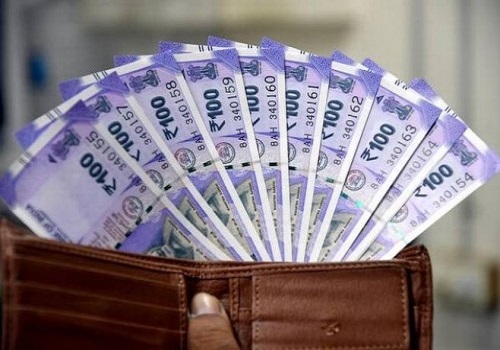Dollar eases amid bets on less hawkish Fed; sterling firm
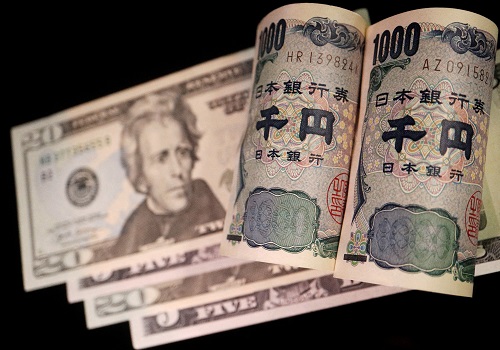
Follow us Now on Telegram ! Get daily 10 - 12 important updates on Business, Finance and Investment. Join our Telegram Channel
The safe-haven U.S. dollar eased against peers on Tuesday amid signs Federal Reserve rate hikes are already putting the brakes on the world's biggest economy, while risk sentiment improved with Rishi Sunak about to become Britain's prime minister.
Sterling edged toward this month's highs, while the euro threatened to hit $0.99 for the first time since Oct. 6 ahead of Thursday's European Central Bank (ECB) policy meeting.
The yen held firm on the stronger side of 149 per dollar following two consecutive days of suspected Bank of Japan (BOJ) intervention straddling the weekend.
A retreat this week in long-term Treasury yields also helped support the Japanese currency, but the policy background for yen weakness is likely to be put in stark relief in coming days: the BOJ is expected to stick to monetary stimulus on Friday, while the Fed is likely to raise rates by another 75 basis points on Wednesday of next week.
The dollar index, which measures the currency against six major peers, eased to 111.78, taking it close to Friday's low of 111.68, the weakest level since Oct. 6.
The greenback softened after S&P flash PMI data overnight showed U.S. business activity contracting for a fourth straight month in October, the latest evidence of an economy slowing in the face of high inflation and rising interest rates.
Economists polled by Reuters expect the pace of rate increases to slow to 50 basis points in December, matching bets in money markets.
"Structurally there's still a lot to like about the U.S. dollar, but we're in a mean-reversion, sideways, choppy market at the moment," said Chris Weston, head of research at Pepperstone in Melbourne. Weston expects the dollar index could dip as low as 110 before resuming its uptrend to potentially test 115.
"I still think the dollar is the most beautiful currency to own in G-10."
Yields on U.S. 10-year Treasury notes retreated to 4.217% in Tokyo, after reaching multi-year peaks at 4.338% at the end of last week.
At 149.00 yen, the dollar was down from the 32-year high of 151.94 on Friday that appeared to trigger successive bouts of BOJ intervention. The dollar dropped as low as 144.55 on Friday and 145.28 on Monday.
Unlike intervention in September, the first yen-buying foray since 1998 by Japanese authorities, the Ministry of Finance declined comment on whether it had ordered intervention.
"As a general rule, policymakers have their greatest impact on the market when they are transparent about their actions and objectives, so it is odd they refuse to confirm their intervention," Joseph Capurso, a currency strategist at Commonwealth Bank of Australia, wrote in a client note.
"The refusal to confirm the intervention may reflect a desire to keep traders guessing and bear down on USD/JPY. Whatever the tactics, we still expect USD/JPY to recover within a few weeks after BOJ intervention ends."
Sterling added 0.24% to $1.13105, heading toward the high this month of $1.1493 from Oct. 5.
The euro was 0.16% stronger at $0.98875.
The ECB looks set to hike rates by 75 basis points on Thursday to try and rein in red-hot inflation.
Elsewhere, the offshore Chinese yuan dipped to an unprecedented 7.3650 per dollar amid weakness after Chinese leader Xi Jinping's choice of leadership team at the twice-a-decade Communist Party Congress raised fears growth will be sacrificed for ideology-driven policies.





.jpg)







